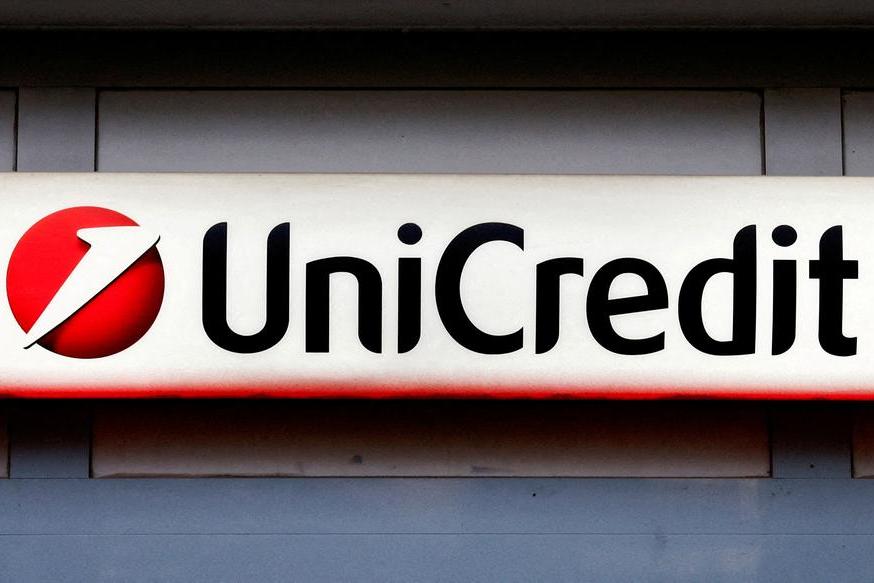Eurozone Business Activity Trends in June

Business activity in the eurozone demonstrated a marginal increase in June, marking the sixth consecutive month of expansion, though at a slowing and sluggish pace. This persistent, albeit minimal, growth has been a characteristic feature of the 20-country currency area's economic landscape. The closely watched HCOB Flash Eurozone purchasing managers’ index (PMI), published by S&P Global, registered a figure of 50.2 for June, maintaining the same pace of growth as recorded in May. A reading above 50 signifies growth, while a figure below 50 indicates contraction, and it is notable that last month's figures were even revised upwards after initially showing a drop.
Cyrus de la Rubia, chief economist at Hamburg Commercial Bank, observed that "the eurozone economy is struggling to gain momentum." He elaborated that for six months, growth has been minimal, with activity in the service sector stagnating and manufacturing output rising only moderately. Geographically, there are disparate trends, with signs of cautious improvement in Germany, while France continues to lag. The expansion seen in the eurozone has primarily been centered on the manufacturing sector, which has experienced production increases for the fourth successive month. However, this growth was described as "slight" and eased to a three-month low, reflecting a tempered dynamism.
Despite the challenges, de la Rubia noted a brightening outlook according to the survey, with companies largely maintaining constant employment levels, suggesting a degree of resilience. However, the broader economic picture presented by institutions remains cautious. The European Commission, the EU's executive body, already cut the eurozone economic growth forecast for 2025 in May, revising it down significantly to 0.9 percent from a previous prediction of 1.3 percent. Jack Allen-Reynolds, deputy chief eurozone economist at Capital Economics, reinforced this sentiment, stating that June’s flash PMI survey was "consistent with the economy flat-lining" and suggested stagnation in the second quarter, characterized by "broad-based" weakness in activity across the region.
Against this backdrop of modest growth and tempered forecasts, the European Central Bank (ECB) is poised to make a significant move. The ECB is widely expected to begin cutting interest rates from their current record highs, marking its first such reduction in nearly five years. This anticipated monetary policy shift, however, comes with a degree of uncertainty, largely due to the volatile nature of inflation. The path ahead for the eurozone economy, therefore, remains subject to the interplay of sluggish business activity, revised growth forecasts, and the ECB's cautious approach to managing monetary policy amidst fluctuating inflationary pressures.









